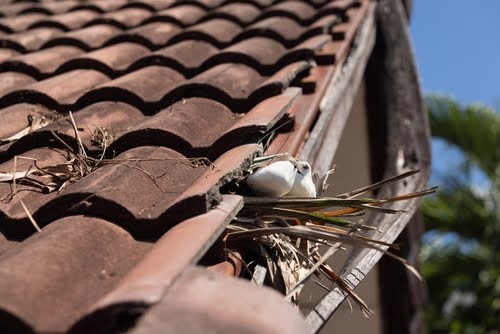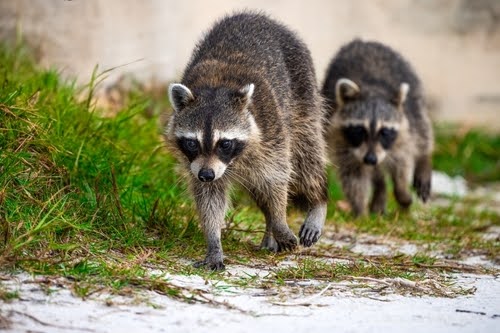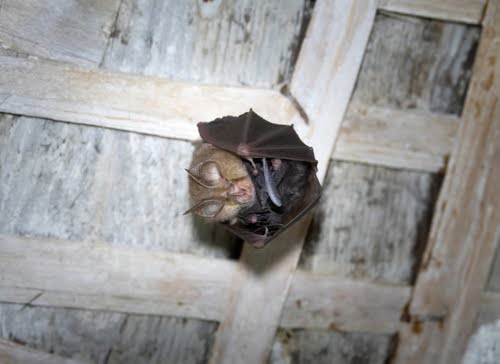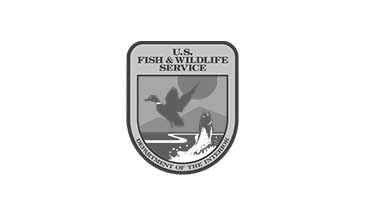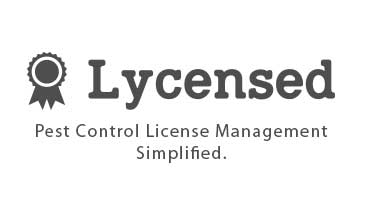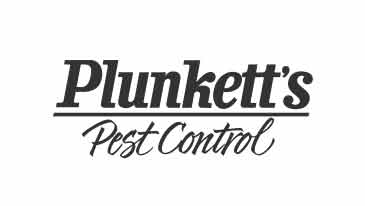Every spring, birds search for the perfect place to build their nests, raise their young, and stay safe from predators. While trees and shrubs are common nesting spots, many birds also find buildings, homes, and other structures to be ideal locations. Understanding what attracts birds to your home and how to safely remove their nests is the first step in keeping them where they belong.
Why Do Birds Nest in Buildings & in Homes?
Birds look for nesting locations that meet four primary needs:
- Protection from Predators: Birds need secure locations where predators can’t reach them. Window sills, gutters, downspouts, roof overhangs, chimneys, and vents provide safe, elevated spaces that keep them out of reach from ground-based threats like cats and raccoons.
- Shelter from the Elements: Birds also seek nesting spots that offer protection from harsh weather conditions, such as strong winds, heavy rain, and extreme temperatures. Enclosed spaces like chimneys, attic vents, garages, or damaged roofing provide cover, keeping eggs and hatchlings safe from the elements.
- Proximity to Food: Birds need nearby food sources to feed their young. If you have bird feeders, fruit trees, vegetable gardens, or insects in your yard, your home may be an attractive nesting spot.
- Close Roosting Spots: While birds don’t always sleep in their nests, they prefer to stay nearby. If your home offers sheltered perches, birds are more likely to settle in.
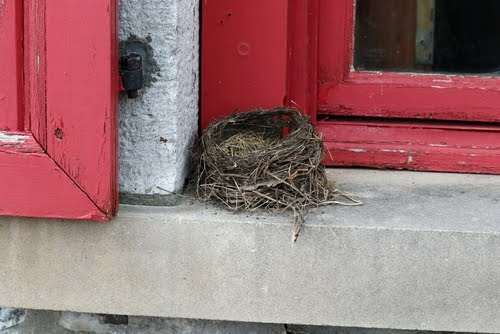
The Problems with Birds Nesting in Your Home
While birds may seem harmless, their presence (particularly their nests) can create serious issues, including:
- Damage to Structures: Nests can block vents, gutters, and chimneys, leading to water damage or ventilation problems.
- Health Risks: Bird droppings carry bacteria and fungi, potentially leading to respiratory issues.
- Noise & Disruptions: Nesting birds can be loud and territorial, leading to disturbances near your home.
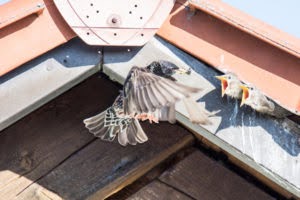
How Do I Remove a Bird Nest from My House?
If you’ve discovered a bird nest in your house, do not attempt to remove it yourself. Not only is this important for your safety, but because many native bird species are protected by federal and state laws, making it illegal to disturb active nests. That being said, the best way to remove a bird nest is by contacting a professional wildlife control team.
Varment Guard specializes in bird nest removal, ensuring legal and effective removal and prevention. Our professional bird control services include:
- Bird nest removal following all legal guidelines.
- Exclusion solutions to prevent birds from returning.
- Cleaning and sanitization to remove harmful droppings and nesting materials.
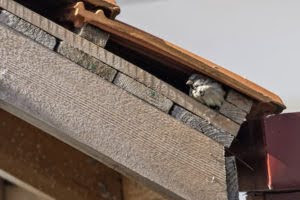
Protect Your Home with Varment Guard
Birds nesting in your home can quickly become a problem, but with the right bird pest control strategies, you can keep your property safe and bird-free. Contact Varment Guard today to schedule an inspection.

